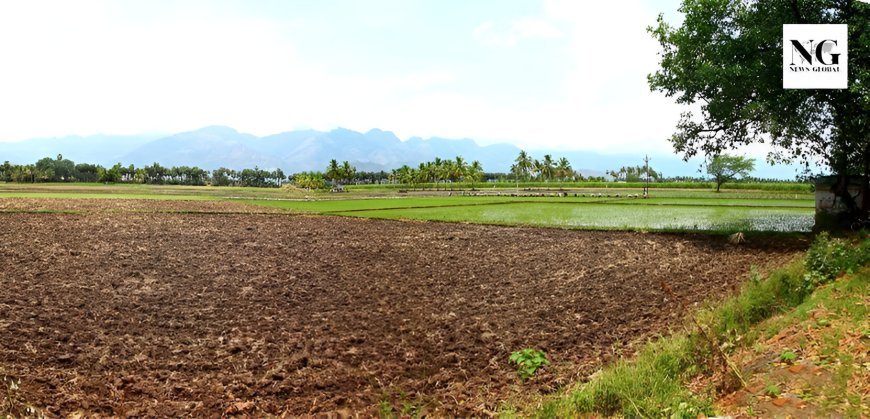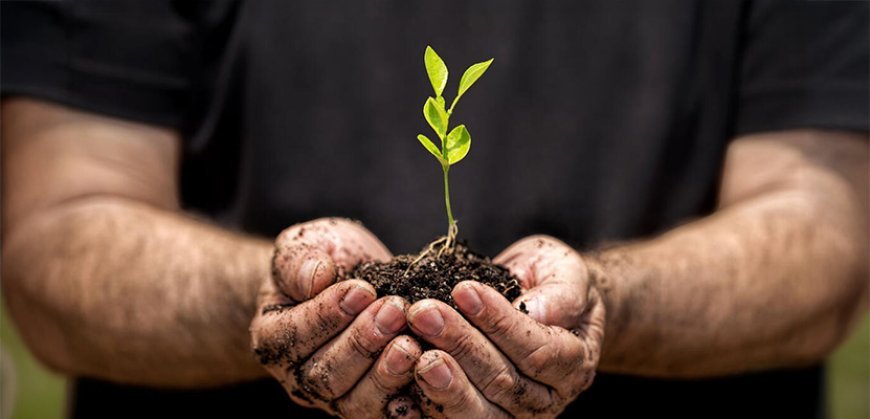How Winter Makes Land Evaluation Easier in Telangana
Winter uncovers secrets the monsoon leaves behind. Cool weather, clear roads, and fresh ground clues make Telangana land scouting surprisingly revealing.

Winter is a smart season for land scouting in Telangana because the weather is cooler and drier, site access is easier, and the land still carries fresh “signals” from the just-finished monsoon about soil, water flow, and cultivation potential. It also aligns well with typical real-estate seasonality in India, where monsoon is slow and activity begins picking up into the festive and winter months.
Better Visibility and Easier Walkthroughs
Comfortable winter weather makes land assessment far easier. The region’s semi-arid summers can touch 40 °C, and the heat makes it hard to walk fields or check multiple plots in the same day. Winter shifts the mood entirely, with cooler minimums near 20 °C and steady, pleasant daytime temperatures. This balance helps you cover more ground, engage with farmers, and take your time evaluating every detail. Because most days in winter are sunny or partly cloudy, you get consistent light and visibility across different visits. That consistency helps when comparing plots on different days, since you are not dealing with heat haze, dust storms, or low-visibility monsoon showers.
Better Access to Interior Plots
Monsoon rainfall in Telangana is concentrated in the June–September Kharif season, with monitoring by state agencies precisely because heavy rain affects fields and access roads. By late November and through winter, village roads, kachcha tracks, and black‑soil patches have largely dried, which makes it easier to reach remote agricultural or layout plots in a normal car. Dry conditions mean less risk of getting stuck, fewer waterlogged potholes, and clearer shoulders on narrow rural roads. This is especially useful when scouting areas around borewells, canals, or low‑lying fields where access is risky in peak rains.
Post‑monsoon Evidence on the Ground
When the rains settle, the soil tells the entire story of the season. Telangana studies rainfall variation, stretches of dryness, and crop conditions between June and November to place regions into Normal, Watch, or Alert categories.They do this because every change in monsoon behaviour affects crop outcomes and drought risk. When you walk the land in early winter, you still see these effects clearly.
Erosion cuts, silt build-ups, damaged bunds, and shallow depressions where water collected all offer clues about how well the land handles real weather stress. Water‑logging patterns in monsoon are a known checklist item even in urban house‑hunting, because they reveal drainage quality and surrounding infrastructure. On open land, those same signs help identify natural drainage channels, low‑lying pockets, and safer places for future structures, approach roads, or farmhouses.
Simple Winter Tests for Soil and Water Strength
Crops, soil strength, and water availability shape agriculture across Telangana. Since the state runs on Kharif and Rabi seasons, each tied to rainfall and irrigation, winter becomes the best time to judge real conditions. You can look at how the Kharif crop performed, observe ongoing Rabi cultivation, and check with local farmers if the land’s output matches what you want from it.

Official horticulture and irrigation programs in the state are designed around matching crop types to Telangana’s specific climate and water conditions, which vary by mandal. On site, that translates into practical checks in winter such as soil texture by feel, visible salinity patches, existing borewell performance, and water‑harvesting structures that have just been tested by the monsoon.
Real‑estate Seasonality and Negotiation
Across Indian cities, property markets typically slow in monsoon and pick up toward festive and winter seasons, when buyers become more active and transactions increase. For land, that means winter often brings more visible inventory, more active brokers, and owners who have had time post‑monsoon to decide whether to liquidate or hold. Because monsoon is treated as an off‑peak period, some developers and sellers try to clear or structure deals before the next festive rush, which can improve a buyer’s negotiation leverage in the immediate post‑monsoon to winter window. Combining this with solid due‑diligence on titles, zoning, and conversion rules under Telangana’s revenue and land‑use regulations creates a better risk‑reward balance for buyers.
Practical Strategy for Winter Scouting
A focused winter plan can start with desk research on location, zoning, connectivity, and basic farm‑land checklists such as soil, water sources, and utilities. Shortlisted plots can then be inspected in person in winter, when the climate and roads are favorable, and observations about crop performance and post‑monsoon ground conditions are still fresh.
Conclusion
For high‑value or long‑term investments, an additional quick visit or local feedback in the next monsoon can be used to validate drainage and water‑logging assumptions, something Indian property experts already recommend for houses and flats. Used this way, winter becomes the main scouting and comparison season, with monsoon acting as a stress‑test before final commitment or development.
FAQs
Why is winter considered the most reliable season to inspect farmland in Telangana?
Winter offers cool and dry weather, which makes long field visits easier. Roads are more accessible, the land shows fresh signs of how it handled the monsoon, and both Kharif and Rabi crop conditions are visible.
What kind of “signals” does land show right after the monsoon?
You can spot erosion trails, silt deposits, damaged bunds, water-logging marks, and low pockets where rainwater collected. These clues help you understand natural drainage, water movement, and the land’s ability to handle seasonal stress.
Why are winter visits better for checking soil quality?
In winter, soil texture can be assessed more accurately because it is neither too wet nor too hard. Salinity patches, cracks, moisture pockets, and the true structure of the topsoil are easier to see. It’s also a good time to test soil by feel, a common farmer method to judge fertility.
How does winter help in evaluating water availability?
Borewells, farm ponds, and water-harvesting structures have just gone through the monsoon cycle. Their performance is fresh and visible. This helps you understand groundwater response, recharge levels, and whether the land is dependent on rainfall or has stable irrigation support.
Are interior or remote plots easier to access in winter?
Yes. Monsoon turns many kachcha roads, black-soil stretches, and low-lying routes slippery or blocked. By early winter, these paths dry up, making it safe to reach interior plots in a normal car without worrying about getting stuck or damaging the vehicle.

 Admin
Admin